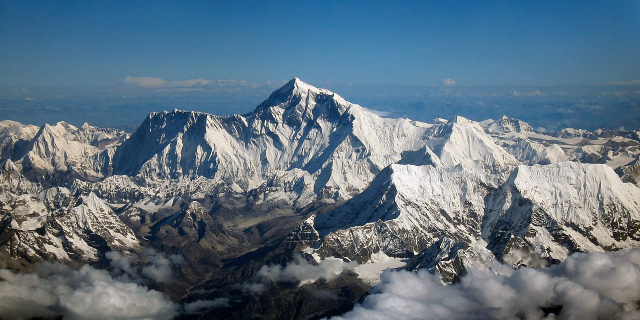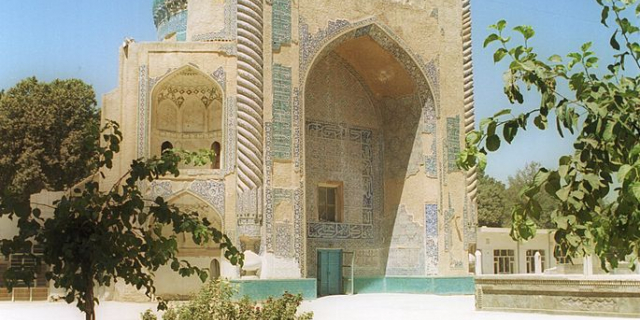The Salang Tunnel (Dari: تونل سالنگ Tūnel-e Sālang, Pashto: د سالنگ تونل Da Sālang Tūnel) is a 2.67-kilometre-long (1.66 mi) tunnel located at the Salang Pass in northern Parwan Province of Afghanistan, about 90 km (56 mi) north of the nation's capital, Kabul. At nearly 3,200 m (10,500 ft) above sea level, the tunnel work was originally completed by the Soviet Union in 1964.
The Salang Tunnel is of strategic importance as it connects by road Central Asia with South Asia, and is the only pass going in a north–south direction to remain in use throughout the year, although it is often closed during the cold winters by heavy snowfall.
In 2023, major construction work was done inside and outside the tunnel.
In 1955, Afghanistan and the Soviet Union signed an agreement to initiate joint development of the Salang road, initially via the historic Salang Pass route. The tunnel was opened in 1964 and provided a year-round connection from the northern parts of the country to Kabul. The tunnel was the highest road tunnel in the world until 1973, when the United States built the Eisenhower Tunnel — just slightly higher and slightly longer — in Colorado in the Rocky Mountains.
 American military convoy entering the Salang Tunnel, 2011
American military convoy entering the Salang Tunnel, 2011 Inside one of the avalanche galleries at the Salang Pass in 2013
Inside one of the avalanche galleries at the Salang Pass in 2013A ventilation system was built in 1976. During the Soviet–Afghan War, the tunnel was a crucial military link to the south, yet was prone to ambushes by the Afghan mujahideen fighters.
After the 1989 Soviet withdrawal from Afghanistan, maintenance suffered, and eventually, in the course of combat between the Northern Alliance and the Taliban in 1997–1998, the tunnel's entrances, lighting and ventilation system were destroyed, so that it could only be transited by foot in the dark. After the overthrow of the Taliban-led government in the 2001 US invasion of Afghanistan, a joint effort between agencies from Afghanistan, France, Russia, the United States and others cleared the mines and debris and reopened the tunnel on January 19, 2002.[1]
In the early 2010s it was still receiving ISAF funding for repair and renovation.[2]
In 2012, the United States Agency for International Development (USAID) made a technical study for a new tunnel reaching from the Olang region in Parwan province (about 6km south) to DoShakh in Baghlan province (about 10km north), going through the mountains of the Hindu Kush, further than the current tunnel. The design shortened travel distance by 30 to 40 km (19 to 25 mi).[3]































Add new comment